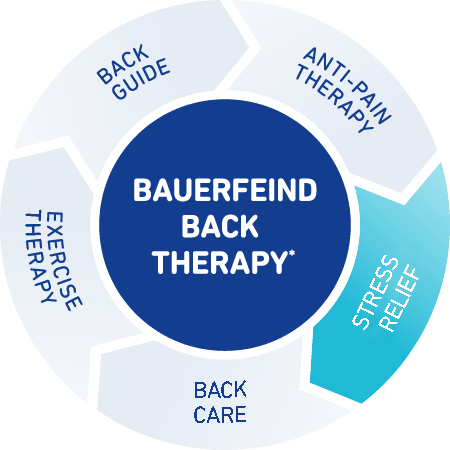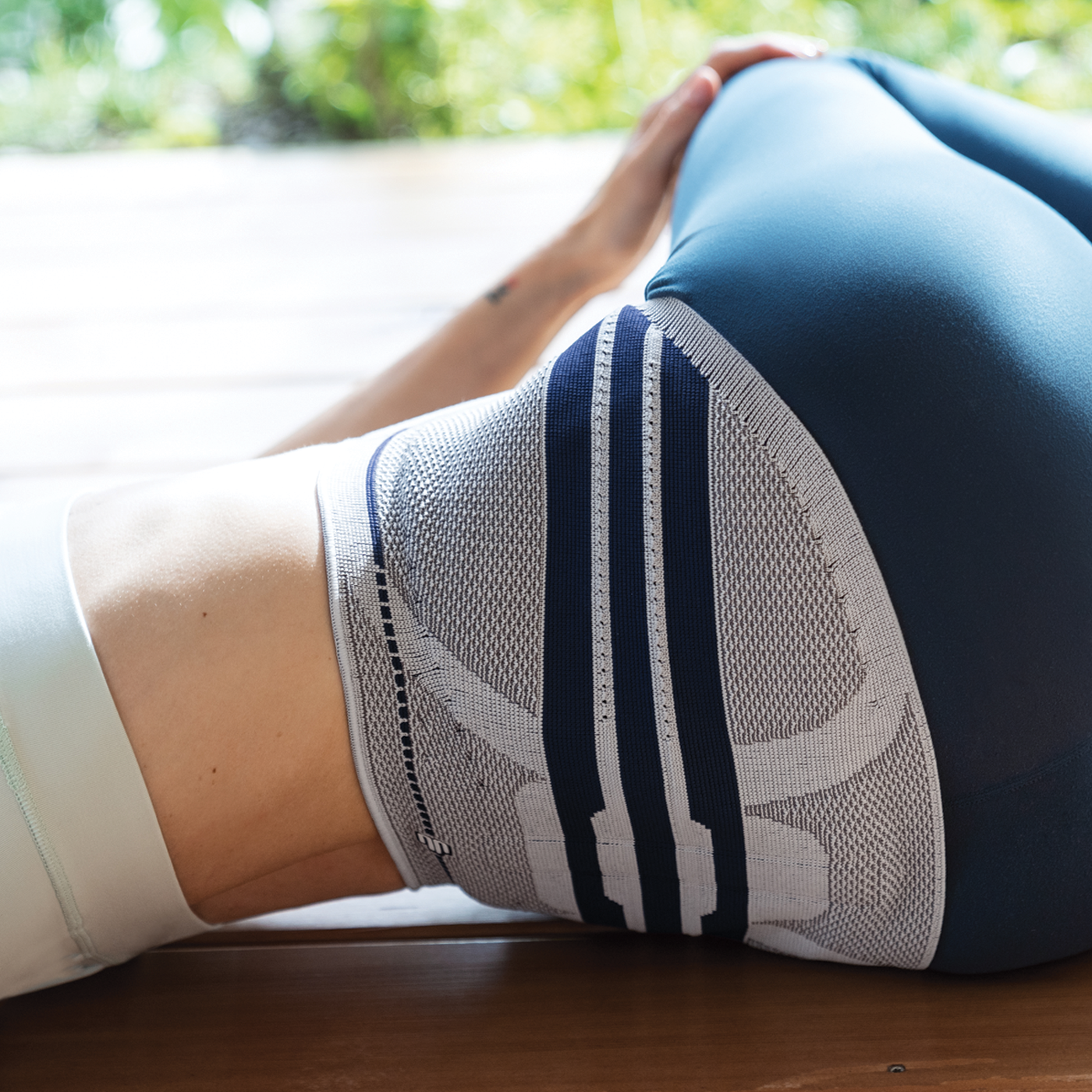Our body’s reaction to stressful situations can be one of the factors contributing to back pain. There are many different ways to deal with and manage stress in our everyday lives. These can include, maintaining a healthy diet, engaging in regular exercise, and practicing relaxation techniques.
UNDERSTANDING STRESS
Generally speaking, there are three main types of stress: acute, episodic acute, and chronic.
Acute stress is stress that develops quickly, only last for a brief period of time, and can be experienced multiple times each day. Unforeseen triggers or smaller challenges, such as giving a speech, having an argument, or dealing with traffic can cause acute stress.
Episodic acute stress is very similar to acute stress with the main difference being how frequently it occurs. People that are overburdened by work or school show symptoms of episodic acute stress, due to the regular occurrence of temporary stress episodes throughout multiple days and weeks.
Chronic stress is stress that’s constant and persistent over an extended period of time, usually lasting longer than multiple weeks or months. Consistent fatigue, changes in appetite, and having a difficult time concentrating or sleeping are normal symptoms of chronic stress.

STRESS AND BACK PAIN
Your nervous system responds to the different types of stress by releasing cortisol and adrenaline hormones into your system. This stress response system is your body's attempt to keep you alert, focused, and energized in order to deal with the cause of the stress. This response, however, is intended to be a short-term reaction and is not intended to be a permanent state in the body.
When the body is constantly triggering this stress response system or remaining in this state for longer periods of time, as is the case with chronic stress, it can take a negative toll on our mental and physical health.

Stress can cause and perpetuate back pain in multiple ways.
Part of our physical response to stress includes tensing our muscles. Prolonged muscle tightening in the neck, shoulders, and back, can lead to increased pain in these areas.
In addition to increased muscle tension, changes in our breathing patterns from stress can lead to hunched shoulders and poor posture. This can lead to strain and increased pain in the back.
Chronic stress is also known to increase the levels of inflammation in the body. Inflammation in the spine can lead to and perpetuate a host of conditions including back pain.
RELAXATION TECHNIQUES TO REDUCE STRESS
There are many different ways you can deal with and limit stress in your everyday life. Maintaining a healthy diet, engaging in regular exercise, getting more sleep, and practicing relaxation techniques are all significant ways to reduce and manage stress levels.

Progressive Muscle Relaxation
Progressive Muscle Relaxation is a technique that involves a sequence of tightening and relaxing specific muscle groups, one by one, from the feet to the head. This relaxation technique has proven effective in relaxing the back muscles. It is one of the most commonly used methods to relax the back in cases of chronic back pain.
With the practice of progressive muscle relaxation, you learn how to consciously perceive tension and even influence it. More importantly with targeted exercise, you can relieve tension and relax your back muscles.
Practising Progressive Muscle Relaxation:
- Set aside 15 minutes and find a quiet, comfortable place to sit or lie down.
- Working your way through the body, starting with the feet, take a slow deep breath and squeeze the focus muscle group as hard as you can for about 5 seconds. It is important to be mindful of the feeling of tension.
- After about 5 seconds, exhale, and let all of the tightness and tension fall out of the muscle group.
It is important to be mindful and focused on the difference between the feeling of the tension and then the relaxation.
Remain in this relaxed state for 15 seconds and then repeat the process with the next muscle group until the whole body is complete.

Yoga and Breathing Techniques
Yoga for back pain relief is a great way to gently stretch and strengthen your muscles, which helps reduce muscular tension, build flexibility and strength, and improve posture. Relaxation and breathing exercises release tension to make it a full mind-body workout.
Back braces and orthoses can help to give you the extra support and stability you need to gently start moving again. Bauerfeind back braces help relieve pain, massage tense muscles, and stabilize the back for an improved posture so you can train safely and with confidence!
Learn More About Bauerfeind Back Braces & Orthoses
Bauerfeind Back Therapy
Exercise Therapy is one of five therapy modules, get to know the other modules here!

Back Therapy

Back Guide

Anti-Pain Therapy

Exercise Therapy

Back Care




